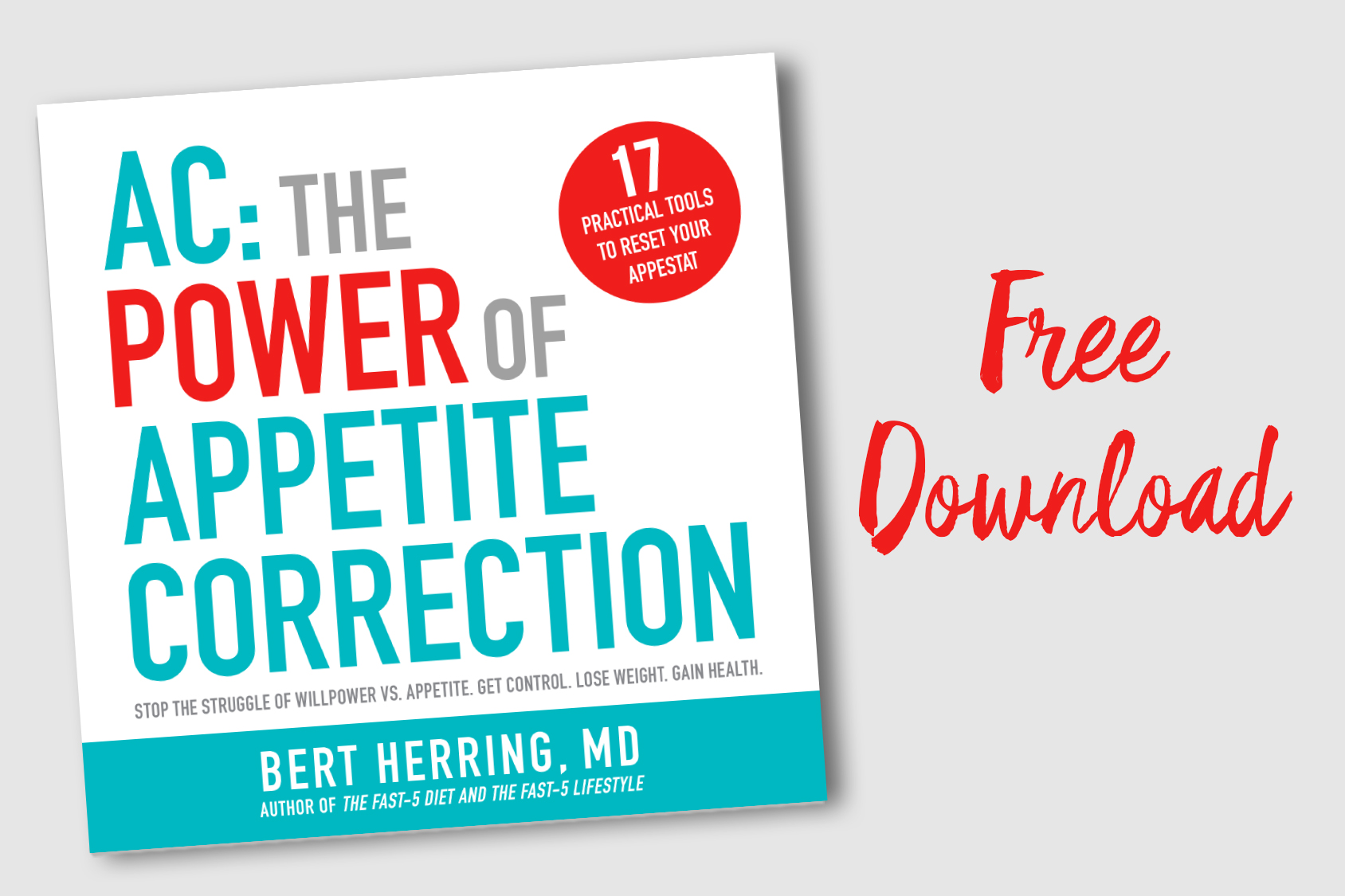For 4000 years, the New Year has marked a time for reflection, resolution and, for the almost half who forego those resolutions within a month, a prelude to failure. Does that mean it’s just a fun tradition? Make a resolution, roll the dice and take your chances? Maybe it’ll stick and maybe it won’t? Going back in time a bit less than 4000 years, all the way to 1989, I found that researchers at the University of Scranton tracked some volunteers who had made New Year’s resolutions, looking at why some people succeed and others fail. They found that among the 200 volunteers, 77 percent kept their resolutions for a week, but by the time a month had passed, almost half had dropped off. Only 19 percent kept their resolutions for two years.
A closer look at the tools used by those who achieved success offers some take-home lessons:
- No single tool worked for everyone who used it.
- Some tools work better in the early stages of making a change and other tools may work best when reinforcing or maintaining a habit change. For example, social support is terrific in helping to maintain a change over the long term, but it’s not as helpful early in the change process.
- Almost everyone slips sometime. A slip is no reason to throw in the towel and abandon the resolution altogether. Looking at why the slip happened can be informative and help you recognize situations that can compromise your resolve.
- Good habits are often reinforced by social contacts and the expectations of others
- Willpower doesn’t tell the whole story of success vs. failure.
- Participating in the study and knowing that someone was going to call and ask about the resolution helped some volunteers keep their resolutions.
One of the more effective tools found in the study was simply a reminder that the resolution had been made. The reminder could be a friend or family member who is aware of the resolution, or an object such as a sign or a token. The object should be placed where it will be seen frequently, such as placing a sign on your desk, a charm or tag on your keychain, bracelet or necklace or putting a reminder card front-and-center in your wallet.
There’s some more good news: having something good happen when the resolution was kept helped keep it going. Eating less and losing fat can have many built-in rewards, including saving money, but if you’re working on a resolution that doesn’t have a built-in reward, you can increase your chance of keeping it by rewarding yourself with something positive when you’ve maintained your resolution for a specific stretch of time. It may be just a day at first, then a couple, then a week, and you can stretch it out until your resolution becomes part of your lifestyle.
If you’d like to hear more from the study’s author, John Norcross, about keeping resolutions, listen to this 2012 Science Friday segment.
Did you make a resolution this year? How’s it going so far? Have any tools helped you keep going? Have you slipped? If so, did you bounce back and keep going?


